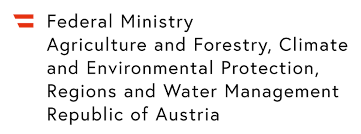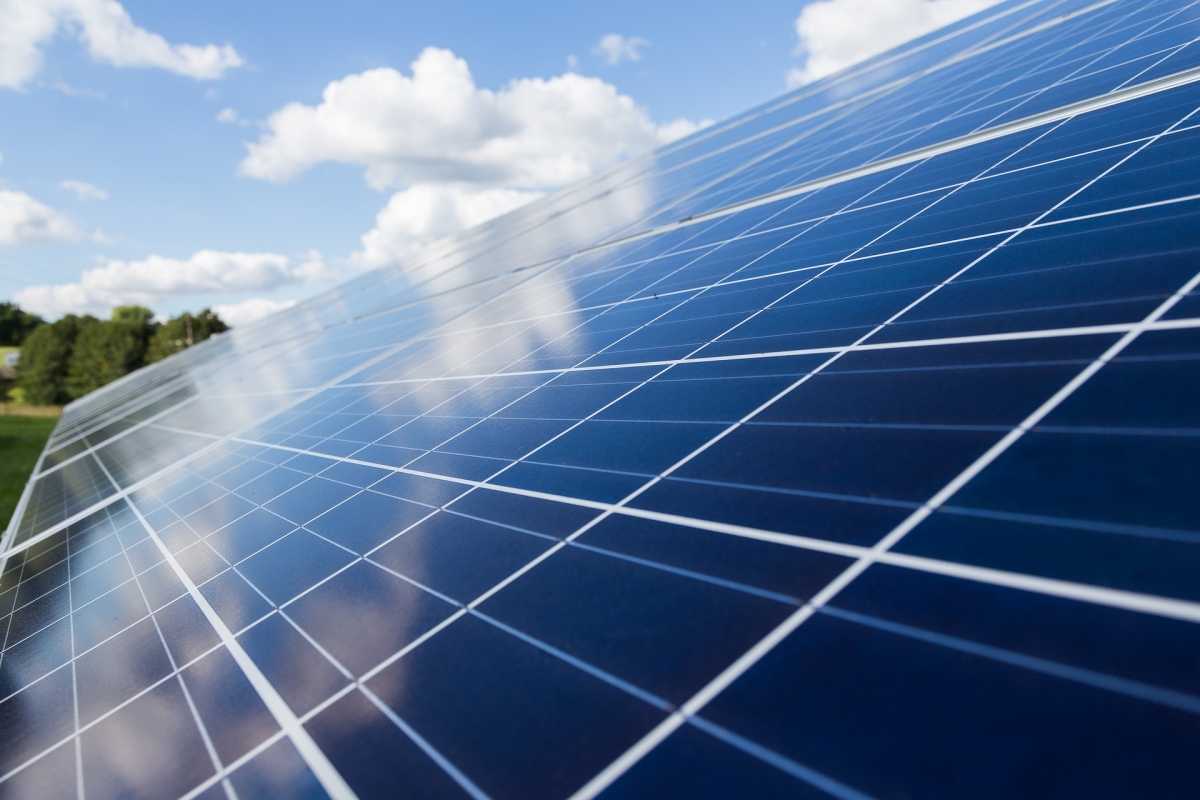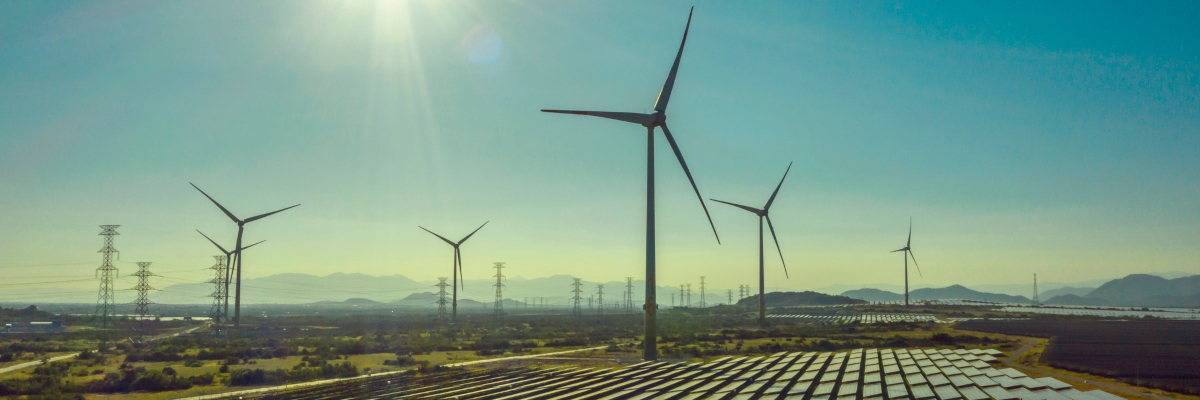A total of one billion euros will be invested annually in the expansion of renewables by 2030. In addition, the energy communities will enable everyone to become part of the energy transition in the future and to jointly generate, store and consume electricity. In addition, 500 million euros by 2030 for green hydrogen will support domestic industry on the path to climate neutrality. This is intended to ensure competitiveness and safeguard jobs. “The Renewable Energy Expansion Act is our law for the energy transition,” also emphasized Climate Protection Minister Leonore Gewessler at the presentation of the Renewable Energy Act on March 11, 2021. “With it, we are transforming our energy system over the next ten years – towards clean electricity for all of us. We ensure that everyone can become part of the energy transition; and we support our industry on the path to climate neutrality in 2040.” The measures for the goal of 100% green electricity are to be “investments, citizen participation and innovation,” explains State Secretary Magnus Brunner: “The EAG is not only the largest energy package in years, but also an investment program for Austria and the domestic economy, with a volume of ten billion euros. I am pleased that the EAG has become not only a comprehensive electricity package, but also a hydrogen package.”
With the #mission2030, Austria’s first climate and energy strategy, the starting signal had been given, said Federal Minister Elisabeth Köstinger on the occasion of the presentation of the final negotiated EAG: “It is gratifying that the law is now entering the home stretch.” In addition, she said, agriculture and forestry are part of the solution: “Our forests provide the raw material for the ecological production of electricity, even when the sun is not shining and the wind is not blowing. We will be able to make even better use of this resource in the future,” Köstinger said. In addition to solar, wind and hydro energy, biomass in particular should play a major role in the expansion of renewable energies, she said. Köstinger describes it as an “important step” that existing plants have been safeguarded and the framework conditions for expansion have been created. The Renewable Energy Sources Act provides for the safeguarding of existing biomass plants with succession regulations until the 30th year of operation of all plants.
Overall, the Renewable Energy Sources Act creates new framework conditions for the expansion of renewable energies in Austria and thus contributes to the realization of the goals of the 2015 Paris Climate Agreement. Specifically, the annual electricity generation from renewable energies is to be increased by 27 terawatt hours (TWh) by 2030, taking into account strict ecological criteria, with 11 TWh to be accounted for by photovoltaics, 10 TWh by wind power, 5 TWh by hydropower and 1 TWh by biomass. In addition, investment security for existing and future renewable gas generation plants is to be ensured and the share of nationally produced renewable gas in Austrian gas sales is to be increased to 5 TWh by 2030. After incorporating the comments from the expert review and extensive consultation with the EU Commission, the draft was passed by the Council of Ministers on March 17, 2021 and introduced as a government bill in the National Council. A 2/3 majority is required in the National Council to pass the major legislative package.







